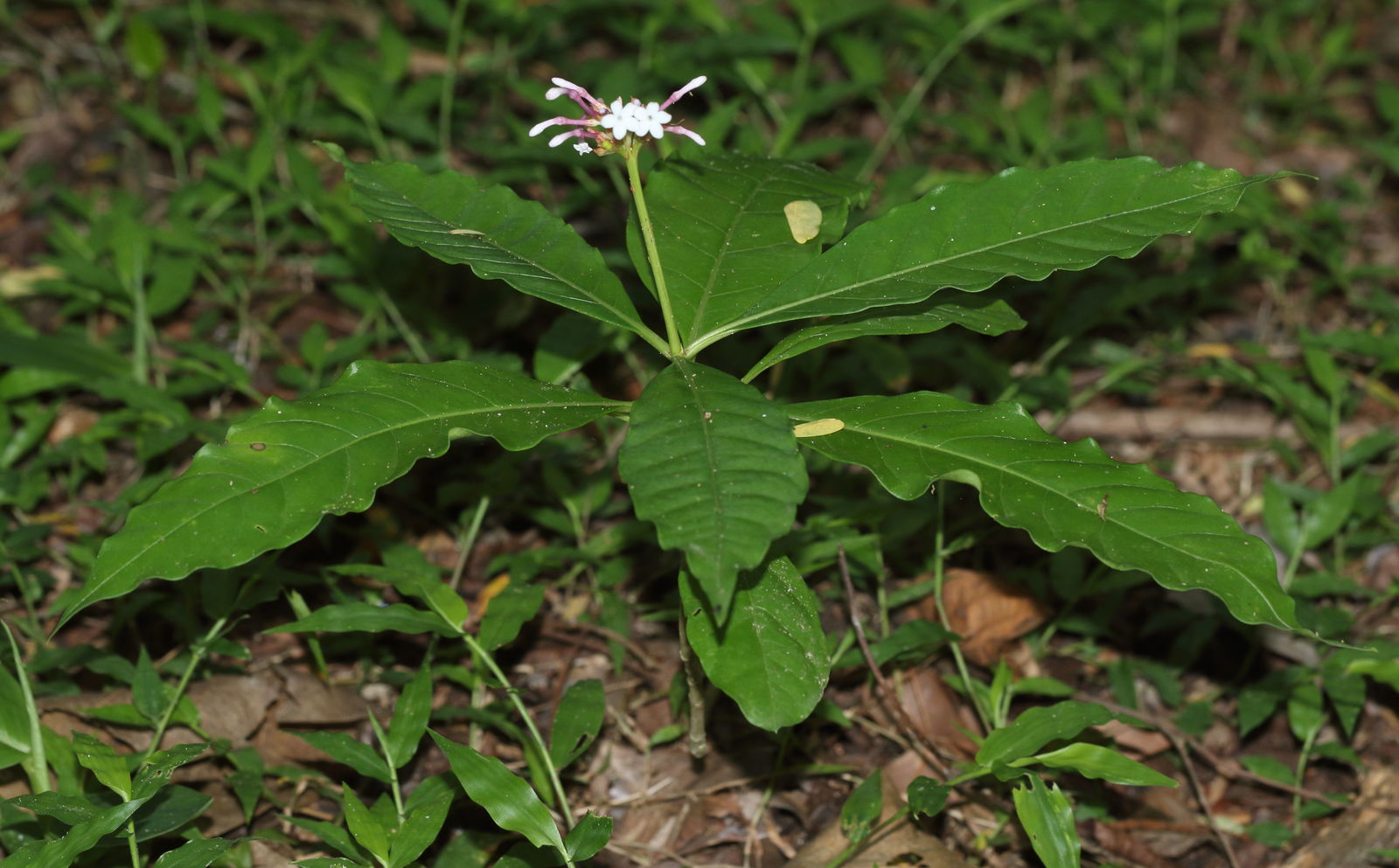Serpentina, scientifically known as Rauvolfia serpentina, is a perennial shrub native to the Indian subcontinent and Southeast Asia. This unassuming plant has been revered for centuries in traditional Ayurvedic medicine for its diverse therapeutic properties. Its name, “Serpentina,” is derived from its serpentine roots, which wind their way through the soil, resembling a snake.
A Botanical Profile
Serpentina is a low-lying shrub, typically growing to a height of 1.5 feet. Its slender, woody stems bear elliptical to oval leaves, arranged in whorls of three or four. The plant produces small, white or pink flowers that cluster together in terminal cymes. Its most distinctive feature, however, is its root system. The roots are thick, gnarled, and often twisted, hence the name “Serpentina.”
A Treasure Trove of Medicinal Compounds
The therapeutic potential of Serpentina lies in its rich chemical composition, particularly the presence of various alkaloids, including reserpine, ajmaline, and serpentine. These compounds have been extensively studied for their pharmacological activities.
Key Medicinal Properties of Serpentina:
1. Sedative and Hypnotic Effects:
2. Antihypertensive Properties:

3. Antipsychotic Effects:
4. Anti-inflammatory Properties:
5. Anticonvulsant Properties:

Traditional Uses of Serpentina
Serpentina has a long history of use in traditional medicine systems, particularly Ayurveda. It has been employed to treat a wide range of ailments, including:
Mental disorders: Anxiety, depression, and insomnia
Modern Applications of Serpentina
In modern medicine, Serpentina extracts and isolated compounds are used in various pharmaceutical formulations. However, it’s important to note that the use of Serpentina should be under the guidance of a healthcare professional, as it can have potential side effects, especially when used in high doses or for prolonged periods.
Conclusion
Serpentina, with its rich history and diverse therapeutic properties, continues to fascinate researchers and clinicians alike. While its traditional uses have been passed down through generations, modern scientific research has validated many of its claims. As we delve deeper into the secrets of this ancient remedy, we may unlock even more potential benefits for human health.



:max_bytes(150000):strip_icc()/growing-and-using-coreopsis-in-the-flower-garden-1402839-recirc-e8a9c85c0aea450185512cccc56c1b42.jpg?w=200&resize=200,112&ssl=1)
:max_bytes(150000):strip_icc()/calathea-orbifolia-growing-guide-5270824-hero-2a3b8667f05b40a49b27da573d2486fb.jpg?w=200&resize=200,112&ssl=1)

:max_bytes(150000):strip_icc()/grow-sago-palms-1902770-06-b83d3d47262a499c889900a6c83625f7.jpg?w=200&resize=200,112&ssl=1)
